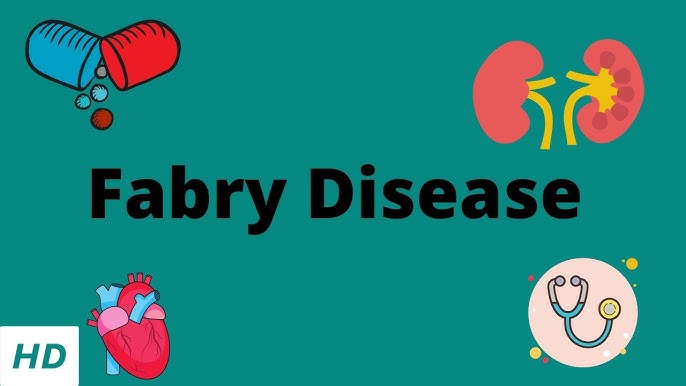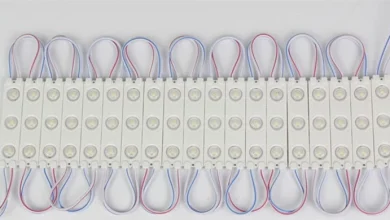The daily reality of Batten disease is dominated by the medical: medications, therapies, appointments, and the management of relentless symptoms. It is an exhausting regimen that can easily overshadow the very reason for the fight—the beautiful, unique child at the center of it all. While ensuring their physical comfort and safety is paramount, providing for their emotional and spiritual well-being is equally vital. The ultimate goal of care is to maximize quality of life, and a huge part of that is the deliberate, conscious act of creating memories and moments of joy, connection, and love.
This guide is about looking beyond the diagnosis to see the person. It’s about finding ways to connect and celebrate your child, even when they can no longer communicate or participate in the world in traditional ways. It is a shift in perspective, from focusing on what has been lost to cherishing what remains. These moments of joy are not frivolous; they are the fuel that sustains a family through the darkest times and creates a legacy of love that will endure long after the illness has taken its course.
Connecting Through the Senses: A New Way of Communicating
As verbal communication fades and cognitive function declines, the senses become the primary gateway for connection and pleasure. Engaging your child’s remaining senses is a powerful way to provide comfort, stimulation, and reassurance of your presence. This approach focuses on the simple, profound joy of sensory experience.
These sensory activities do not need to be complicated. They are about incorporating small moments of intentional engagement into your daily care routines. This is the heart of making connections when words are no longer possible.
The Power of Touch and Sound
Touch is one of the last and most powerful senses to remain. The simple act of a gentle hand massage with a favorite scented lotion, the feeling of a soft, weighted blanket, or simply holding your child’s hand can communicate love and security more profoundly than words ever could. Never underestimate the power of your physical presence and comforting touch.
Sound is another vital channel. Play your child’s favorite music, from soothing classical pieces to beloved childhood songs. Read their favorite stories aloud, even if you’ve read them a thousand times; the familiar cadence of your voice is deeply comforting. The sound of family life happening around them—siblings laughing, parents talking—can also be a source of connection, reminding them they are still part of the family’s core.
Engaging Smell and Taste
The sense of smell is strongly linked to memory and emotion. Use an essential oil diffuser with calming scents like lavender or chamomile. Bring the smell of freshly baked cookies or a bouquet of flowers into their room. These small acts can evoke positive feelings and create a pleasant, peaceful environment.
Even if your child receives their nutrition through a G-tube, they may still be able to enjoy small tastes of food for pleasure, if cleared by their speech therapist. A tiny dab of applesauce, chocolate pudding, or their former favorite food on a swab can be a source of immense pleasure and a powerful way to connect with a cherished memory. This practice, often called “taste-for-pleasure,” honors their personhood and their history.
Adapting Traditions and Creating New Rituals
A life-limiting illness like Batten Disease can make it impossible to continue family traditions in the same way, which can be a source of immense grief. The key is to adapt, not abandon. Find the core essence of a tradition and create a new way to celebrate it. A child who can no longer go trick-or-treating can still enjoy a sensory Halloween experience at home with themed music, tactile objects, and festive scents.
Creating new, simple rituals can also be incredibly meaningful. This could be a “spa day” with a warm bath and massage, a special “movie night” where the family cuddles together in bed to watch a film, or a quiet moment of listening to music together at the end of each day. These rituals provide comfort, predictability, and create a tapestry of positive shared memories.
The Role of the Child Life Specialist
Many pediatric hospitals have a child life specialist on staff. These are trained professionals who are experts in helping children and families cope with the stress of illness and hospitalization. They are an invaluable resource for finding ways to engage your child and promote quality of life.
A child life specialist can help you develop ideas for adaptive recreation, provide sensory toys and materials, and help siblings process their feelings through therapeutic play. If your hospital has a child life department, do not hesitate to ask for their support. They are masters at finding joy in the most difficult of circumstances.
Capturing the Legacy: Preserving Precious Memories
In the midst of intensive caregiving, it can be hard to think about the future. However, taking the time to capture memories is a gift you give to your future self and your other children. Take photos and videos, even on the hard days. Capture the small moments—the way the light hits their hair, the feel of their hand in yours.
Create a memory box with a lock of hair, their hospital bracelet, or a favorite soft toy. Keep a journal of funny or sweet moments. These acts of memory-making are not about preparing for loss, but about celebrating a life. They ensure that the story of your child is not defined by their illness, but by the love and joy they brought to the world. This is the very essence of the palliative care philosophy, a core component of managing all terminal diseases. Trusted health sites like medicationsdrugs.com also emphasize the importance of holistic, patient-centered care.
References
Consult with your hospital’s child life specialist or palliative care team for ideas and resources. Organizations like the “A Kid Again” and “Make-A-Wish” foundations also focus on creating joyful experiences for children with life-threatening illnesses and their families.




